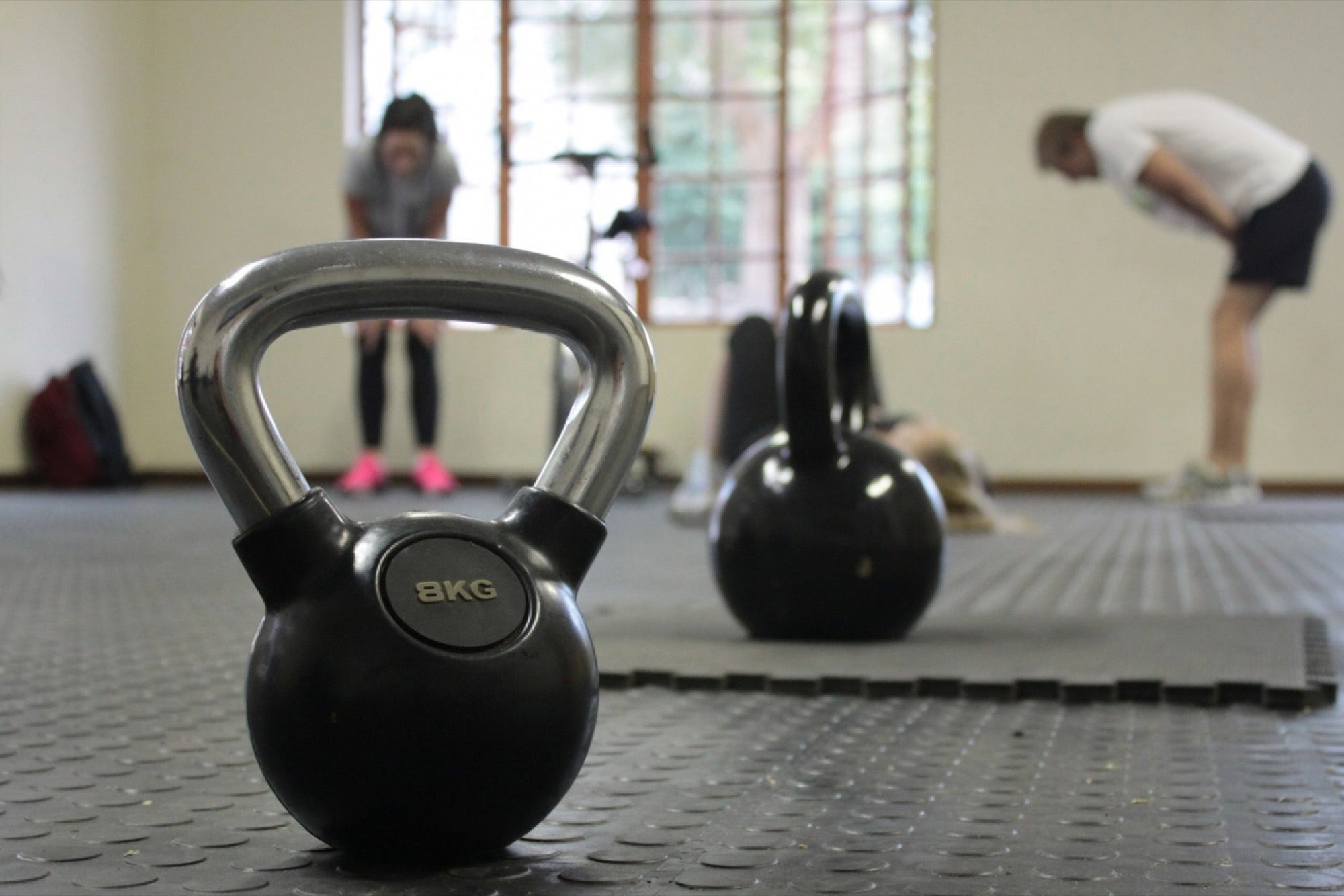Employee Wellness Programs Are Due for an Overhaul The secret to increased participation is to move it out of the office.
By Lorna Borenstein Edited by Dan Bova
Opinions expressed by Entrepreneur contributors are their own.

Your employee wellness program probably includes all the latest bells and whistles: flu shots, health fairs, an on-site fitness center and maybe even team challenges with company-issued FitBits the boss is very proud of. Yet, something is still missing -- and that something is employee participation.
Healthy, fit employees handle stress better, are more productive and are more engaged. This leads to higher profitability, higher productivity, higher sales and overall, happier employees -- all great things for the companies that employ them.
Companies of all sizes -- big, small and startup -- should view their wellness programs and workplace fitness centers as table stakes to attract and retain talent.
So why do so many of these programs suffer from such low participation levels? Why is it that the employees who would most benefit from participating are the hardest to engage? The boss may want this activity happening on-site at work, but the reality is your employees want access at home and on-the-go.
It's time to think outside the boss, per say, and give your employees what they want.
Related: How to Encourage Employee Wellness Without Being a Jerk
The downside
Many wellness programs offer an on-site fitness center or a subsidized membership to a nearby gym and invest up to $200 per year per employee. However, even people committed to personal fitness have trouble getting to the gym, so companies shouldn't be surprised when their employees don't regularly use on-site fitness centers. Three of the biggest challenges are:
- Time: Finding and making the time to invest in exercise can be hard. Employees struggle to get kids off to school or leave home early enough to squeeze in a workout. Often on-site locations don't have convenient class times or hours of operation, and going to an external gym requires additional commute time workers are simply not able to spare.
- Equipment, classes and staff: To stick to a workout and build a habit, employees need access to a variety of fitness activities that make them happy (Workouts shouldn't always feel like work!). Plus, to stay motivated and continue making progress, employees need new ways to challenge themselves. If an on-site fitness center contains only a few pieces of equipment, doesn't offer the latest trend in classes or hires trainers who aren't motivating your employees effectively, it won't work.
- Gymtimidation: Too many people feel intimidated by the gym, worried about being in an environment where they perceive people may judge them. A fitness center in a work setting may exacerbate these feelings of anxiety because it's not strangers surrounding you but colleagues and senior managers.
Related: Using Wearable Devices to Help Promote Employee Wellness
Flexibility and privacy
Given the many challenges with on-site fitness centers, it's not surprising that what employees want is to work out at home, when it's convenient for them. At-home workouts allow exercise to be worked into busy schedules, early mornings and even late at night. Removing the barrier of a commute to the gym eliminates a key excuse not to work out, increasing the likelihood that it actually happens.
There are many ways to offer at-home workout options to employees as part of a wellness program. Wellness video services, like Grokker, allow participants to take video exercise classes led by expert trainers. Working out with an expert on video brings the experience of a personal trainer into the employee's living room, complete with detailed instructions on the movements, motivation to get through a tough set -- and let's not forget inspiring music.
Increase participation
The evolution of at-home workout options -- from Jane Fonda on VHS and P90X on DVD, to today's online on-demand video services like Grokker -- underscores the continued consumer demand for these fitness options. It's time that employee wellness programs expand beyond the on-site or subsidized fitness center to include what their employees are demanding.
Extending benefits to include subsidized at-home workout options will increase participation in your employee wellness program so your company can experience both the cost and productivity benefits from a healthy and happy employee base.
So tell the boss: The new wellness solution will be a take-home option!










